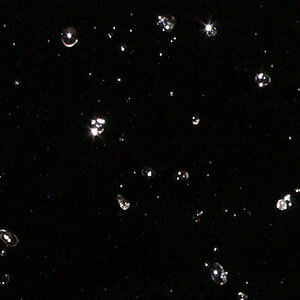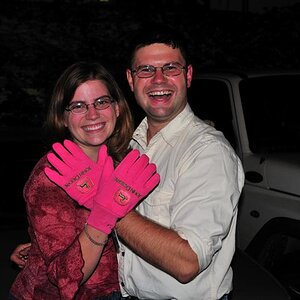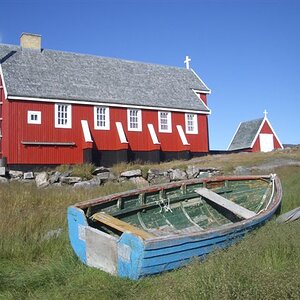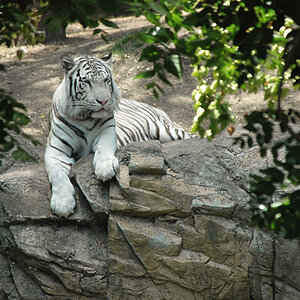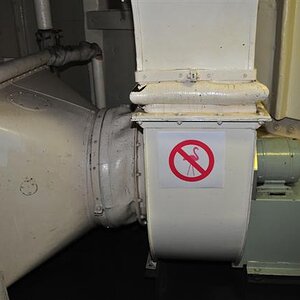sashbar
Been spending a lot of time on here!
- Joined
- Dec 13, 2012
- Messages
- 3,044
- Reaction score
- 1,183
- Location
- Behind the Irony Curtain
- Can others edit my Photos
- Photos NOT OK to edit
I can imagine having funds to spend on expensive gear might help produce fine photographs, however, not being in such a financial position I am unable to put this to the test. I don't know whether or not any of my photos could be called fine, but my gear cost me considerably less than one thousand euros in total. Money isn't everything.
To my estimate, Fred, you need 356 USD, something unique and important to say, an all consuming desire to convey your message and a clear idea of how exactly to do it, and you will be producing fine photographs, that will trounce 99% of images what we see on the net. I can guarantee that.




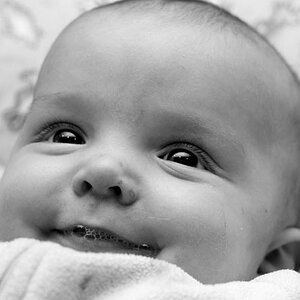
![[No title]](/data/xfmg/thumbnail/32/32953-da4fe78e854d5dbe210d58591ccf42d4.jpg?1619735787)


